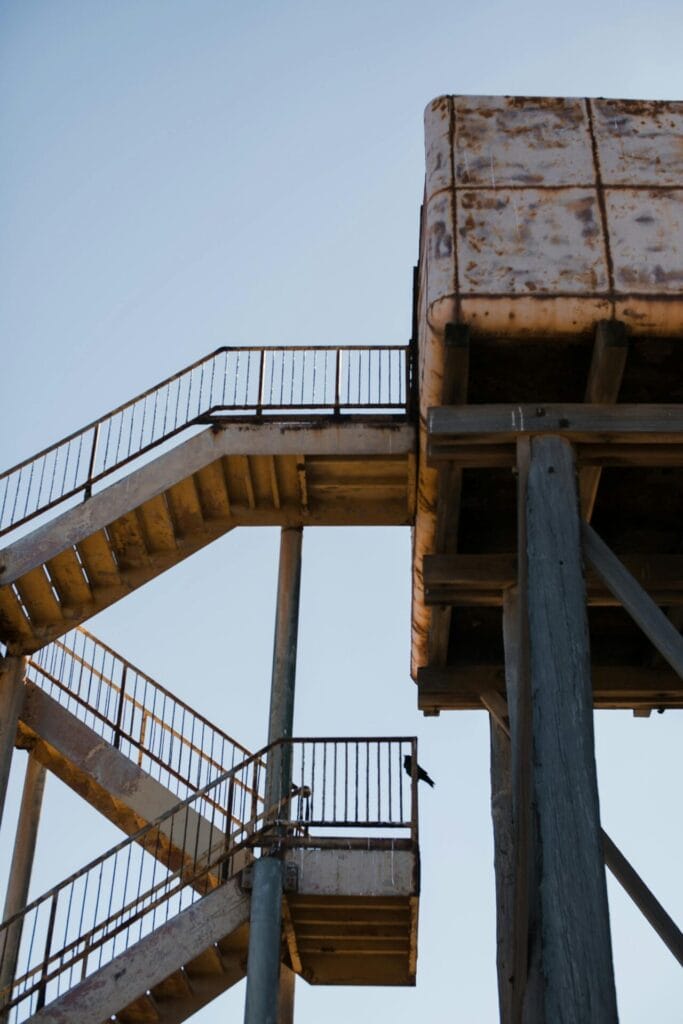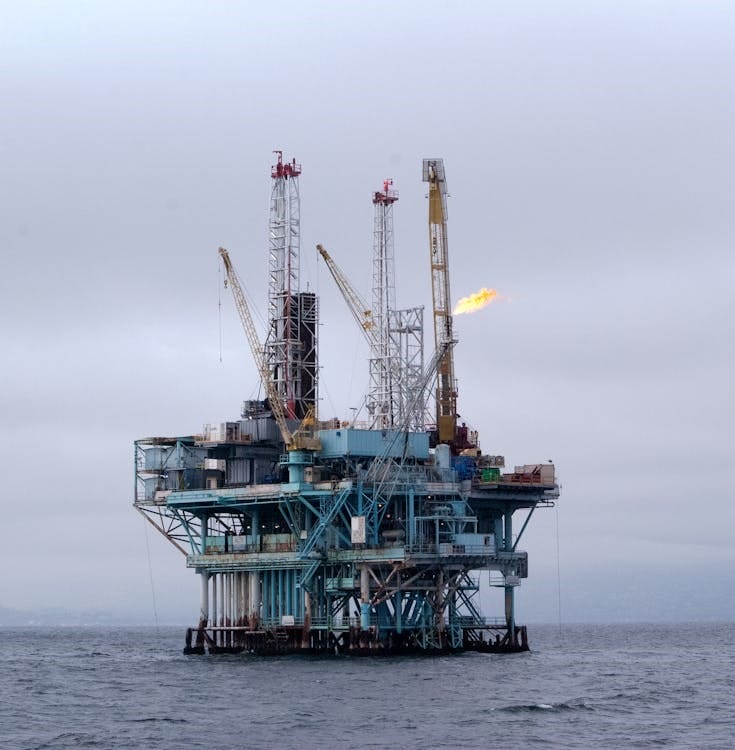Tackling Galvanic Corrosion: A Vital Concern in Oil and Gas Environments
In the sprawling landscape of the oil and gas industry, infrastructure integrity is paramount. However, amid the harsh conditions prevalent in offshore environments, corrosion emerges as a persistent threat. Among the various forms of corrosion, galvanic corrosion stands out as a significant concern. This electrochemical process, fueled by the interaction of dissimilar metals in the presence of an electrolyte, can accelerate material degradation and compromise the structural integrity of vital components. At Kent Offshore, we recognise the critical importance of addressing galvanic corrosion, offering specialised solutions to safeguard offshore infrastructure and ensure operational reliability.
Understanding Galvanic Corrosion:
Galvanic corrosion, also known as bimetallic corrosion or dissimilar metal corrosion, occurs when two different metals or alloys come into electrical contact in the presence of an electrolyte. In this electrochemical process, one metal acts as the anode, undergoing corrosion and releasing electrons, while the other metal acts as the cathode, receiving electrons and remaining relatively unaffected.


Factors Contributing to Galvanic Corrosion:
- Dissimilar Metal Contact: Galvanic corrosion occurs when metals with significantly different electrochemical potentials are coupled together in an electrolytic environment. The greater the difference in potential between the metals, the more pronounced the corrosion effects.
- Presence of an Electrolyte: Galvanic corrosion requires the presence of an electrolyte, such as seawater, moisture, or process fluids, to facilitate the flow of ions between the dissimilar metals and sustain the electrochemical reactions.
- Surface Area Ratio: The relative surface areas of the two metals in contact influence the rate of galvanic corrosion. When the cathodic surface area exceeds the anodic surface area, localised corrosion of the anodic metal intensifies.
- Environmental Conditions: Environmental factors such as temperature, pH level, oxygen concentration, and flow rate of the electrolyte can influence the severity of galvanic corrosion in oil and gas environments.
Impact of Galvanic Corrosion in Oil and Gas Environments:
In the oil and gas industry, galvanic corrosion poses a significant threat to offshore infrastructure, including pipelines, platforms, valves, and structural components. The corrosive effects of galvanic coupling can lead to premature failure, leakage, and loss of containment, jeopardising safety, environmental integrity, and operational continuity.
Prevention and Mitigation Strategies:
- Material Selection: Choosing compatible metals or alloys with similar electrochemical properties can minimise the risk of galvanic corrosion. Alternatively, using protective coatings or barrier materials between dissimilar metals can prevent direct contact and mitigate corrosion effects.
- Cathodic Protection: Implementing cathodic protection systems, such as sacrificial anode or impressed current systems, can mitigate galvanic corrosion by polarising the metal structure and shifting its potential towards the cathodic range.
- Electrical Isolation: Electrically isolating dissimilar metals through insulating gaskets, coatings, or dielectric connectors can prevent galvanic coupling and reduce the likelihood of corrosion initiation.
- Monitoring and Maintenance: Regular inspection, monitoring, and maintenance programs are essential for detecting galvanic corrosion-related issues early and implementing timely interventions to mitigate further damage.
Kent Offshore: Leaders in Galvanic Corrosion Mitigation at Kent Offshore, we specialise in providing comprehensive solutions to mitigate galvanic corrosion and safeguard offshore infrastructure in the oil and gas industry. Leveraging our expertise, advanced technologies, and innovative approaches, we help clients identify and address galvanic corrosion risks effectively. From material selection and cathodic protection design to monitoring and maintenance services, we offer a diverse portfolio of products and solutions tailored to the unique challenges of each project. With Kent Offshore as your trusted partner, you can mitigate the risks posed by galvanic corrosion and ensure the long-term integrity and reliability of your offshore assets.

